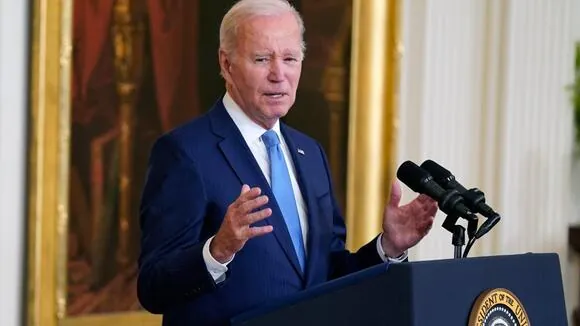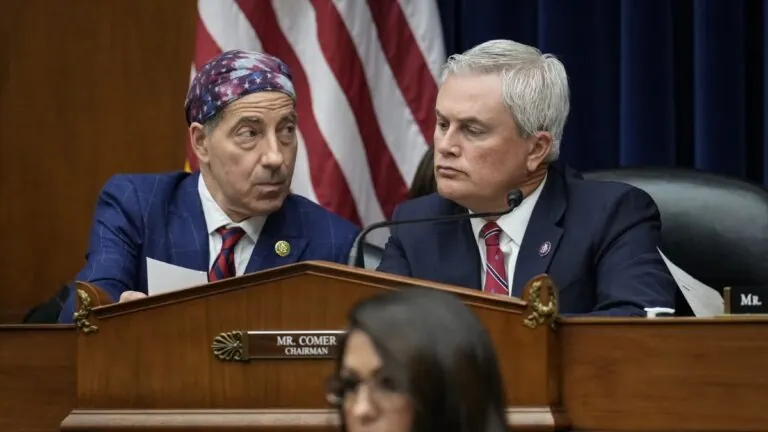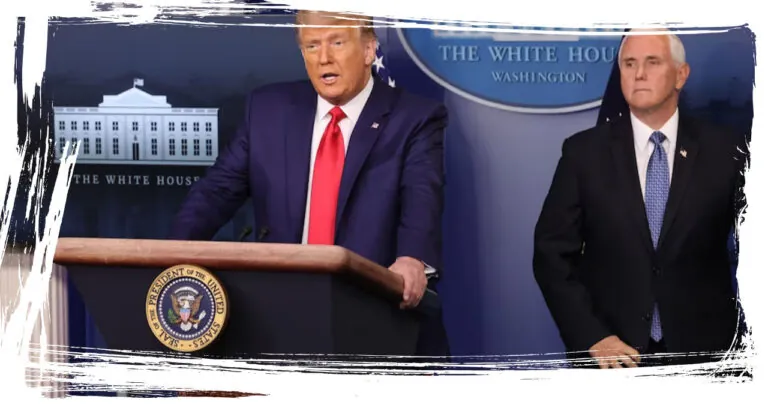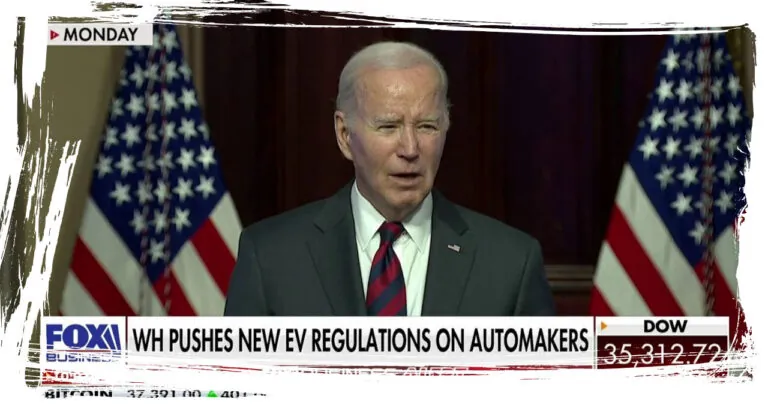AI receives comprehensive executive order from Biden
On Monday, President Biden released a long-awaited executive order on artificial intelligence (AI), which aims to capitalize on the potential of this emerging technology while also addressing its potential risks. The order is a comprehensive one, demonstrating the administration’s commitment to staying on top of technological advancements and leveraging them for the benefit of society. With this order, the government is taking proactive steps to ensure that AI is developed and used responsibly, with a focus on promoting innovation and protecting privacy and civil liberties.
The latest order encompasses numerous fresh measures that prioritize crucial areas such as safeguarding safety and privacy, defending the interests of workers, and promoting innovation.
According to a senior administration official, President Biden strongly believes in utilizing the capabilities of AI for the betterment of society, while also prioritizing the safety of individuals from its potential dangers.
The latest executive order has introduced a set of fresh safety standards, which mandate companies to notify the federal government while training models that could pose a threat to national security, economic security, or public health. Moreover, these firms are required to share the outcomes of all safety tests. Additionally, the Commerce Department will be responsible for creating directives for content authentication and watermarking, which will help label AI-generated content.
In an effort to boost the development of AI systems while safeguarding privacy, federal agencies have been directed to expedite the advancement of techniques that allow for the training of such systems. Additionally, the order aims to assess the methods employed by agencies when it comes to acquiring and utilizing commercially available information that may contain personal data.
In order to provide better support for workers, the order has put forth a set of principles and best practices that aim to minimize the negative impacts and maximize the positive outcomes that arise from the use of AI in the workplace. These guidelines address important issues such as job displacement, labor standards, and data collection, all of which are crucial for ensuring that workers are treated fairly and that their rights are protected. By adopting these principles and best practices, we can create a more equitable and sustainable future for workers in an AI-driven world.
The new order has a two-fold purpose that seeks to encourage innovation and competition in the field of AI. Through the National AI Research Resource tool, which will expand grants for AI research in areas such as healthcare and climate change, the order aims to drive progress in these critical areas. Additionally, the order will leverage existing authorities to make it easier for highly skilled immigrants and nonimmigrants with expertise in AI to study, stay, and work in the U.S. by streamlining visa criteria and interviews. This move is expected to attract top talent to the country and further boost the AI industry.
An official has stated that the order will be applicable to companies that possess the most potent AI systems, irrespective of their association with the federal government. This order is a crucial step towards regulating the AI industry, especially after the launch of ChatGPT, which took users by surprise with its remarkable human-like skills and knowledge.
In an effort to establish the United States as a leader in the field of AI and to promote American leadership globally in this emerging technology, the executive order is taking stride. The ultimate goal is to provide a visionary outlook on AI, and Vice President Harris is set to deliver a speech on this topic during her visit to the United Kingdom on Tuesday.
According to officials, the regulation of AI in the U.S. is not lagging behind that of Europe.
According to an official, they don’t believe that they are in a race or playing catch up with anyone. They firmly reject any notion that they are lagging behind anyone. However, they believe that this is a chance to collaborate on AI governance. The official also mentioned that there isn’t any significant tension between the United States and Europe regarding AI.
The recently issued order has a primary objective to promote equity and civil rights by providing assistance to landlords, federal benefits programs, and federal contractors to prevent AI algorithms from aggravating any form of discrimination. Furthermore, it also aims to create a framework of optimal practices for the use of AI in the criminal justice system, which includes areas such as sentencing, parole, probation, surveillance, crime prediction, and forensic analysis.
As per the order, the Department of Health and Human Services has been directed to establish a safety program that can receive reports of any unsafe healthcare practices related to AI. Additionally, the order mandates the creation of resources to support educators who are deploying AI tools for learning.
According to a statement from deputy chief of staff Bruce Reed, President Biden is launching an unprecedented set of measures to address AI safety, security, and trust. This move is part of a comprehensive approach to fully leverage the advantages of AI while also minimizing potential risks. These actions are being hailed as the most powerful initiatives any government has ever undertaken in this regard.
According to an official, the White House has plans to establish an AI council, led by Reed, to oversee important meetings and ensure the executive order’s objectives are met. The order, which was issued almost a year before Election Day, has set a timeline of 90 days for some safety measures and up to a year for other deliverables.
Furthermore, there are plans in place to unveil AI.gov by the White House, which will serve as a platform for individuals seeking AI-related employment opportunities within the federal government. The spokesperson emphasized the importance of having a robust pool of AI experts within the federal workforce, stating that there is no such thing as too much AI talent.
More News:







